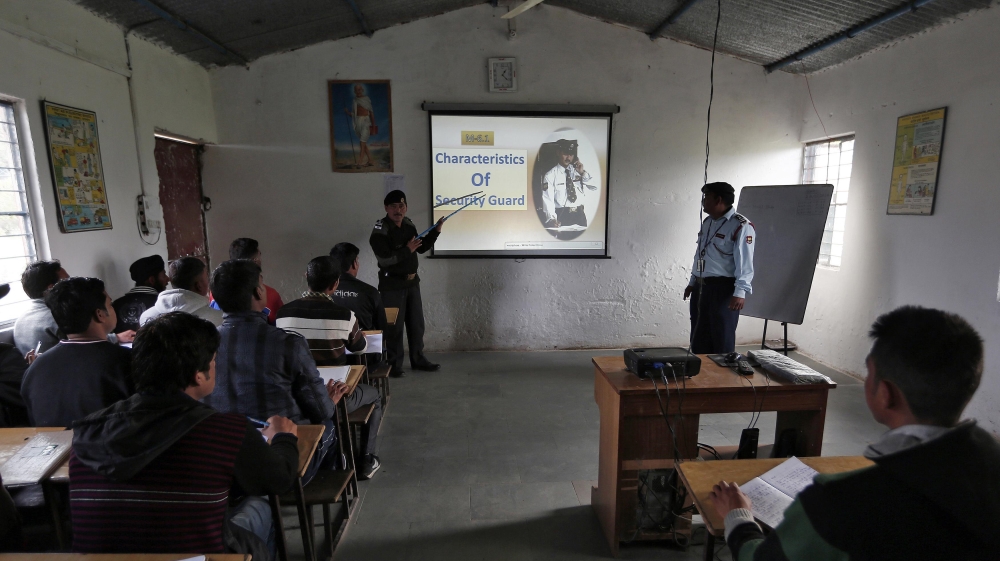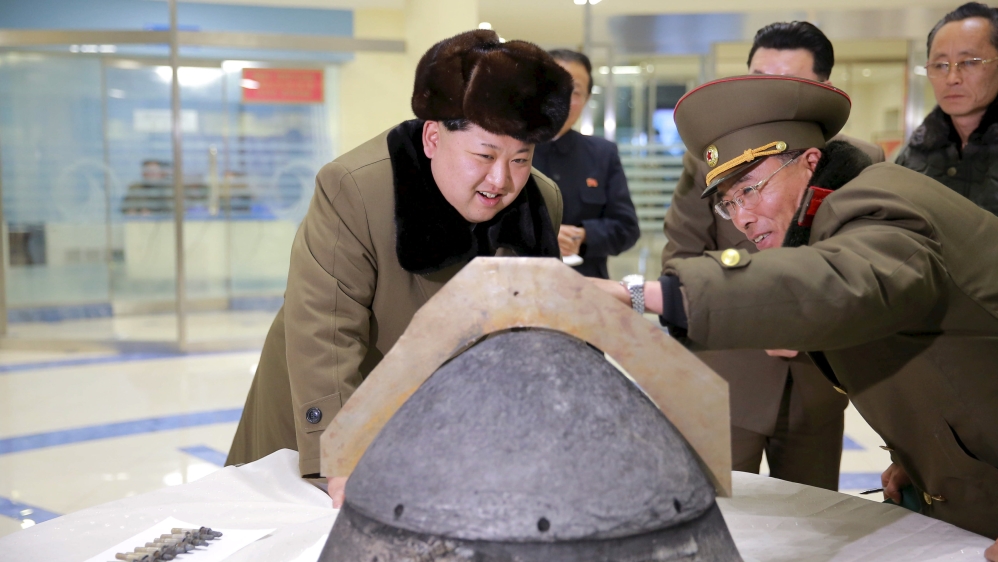Punj Lloyd, IWI of Israel make small arms in India
MALANPUR, MADHYA PRADESH: MAY 04, 2017 14:42 IST
UPDATED: MAY 04, 2017 16:30 IST
Atul Punj, Chairman, Punj Lloyd Group.
“This is the first JV under the Make in India initiative,” Mr. Chouhan said and gave a call for a Make in Madhya Pradesh.
Punj Lloyd in collaboration with Israel Weapon Industries (IWI) on Thursday inaugurated India's first private sector small arms manufacturing plant at Malanpur in Madhya Pradesh.
The joint venture (JV) Punj Lloyd Raksha Systems (PLR) was formally inaugurated by Chief Minister of MP Shivraj Singh Chouhan at the company’s existing premises. The JV will manufacture four products X95 carbine and assault rifle, Galil sniper rifle, Tavor assault rifle and Negev Light Machine Gun (LMG).
“This is the first JV under the
Make in India initiative,” Mr. Chouhan said and gave a call for a Make in Madhya Pradesh.
Initially the plant would manufacture components and in phases it would be expanded to manufacture complete small arms for which the licence is awaited. Security forces in India already have a large inventory of small arms from IWI and the JV would cater to their maintenance and support.
“License is in the final stage of approval with the Home Ministry. It is likely to be done in the next few months,” Atul Punj, Chairman Punj Lloyd told
The Hindu.
Samy Katsav, Chairman of SK Group which is the parent company of IWI said that the components manufactured at the plant would be exported to Israel to be integrated into the small arms manufactured there which would be further exported worldwide.
Mr. Katsav stated that 90 per cent of IWI’s products were exported and eventually the idea is to export full fire arms from India to Israel and worldwide.
“Israel will be the first export customer for the small arms made here,” Eyal Calif, Director of SIBAT, Israel Ministry of Defence told
The Hindu.
While the plant marks a major boost to domestic defence manufacturing, the Indian Army’s quest for procuring a basic CQB continues.
In 2010, the Army began the process for procuring a Close Quarter Battle (CQB) carbine, and sometime in 2011 it began the process of procuring assault rifles. The assault rifle tender was cancelled in 2016 due to a resultant single vendor situation.
Incidentally, Galil Ace carbine of IWI was the CQB which qualified in the earlier tender. Now defence ministry officials said that the CQB deal would be fast tracked to meet the urgent requirements of the services.






